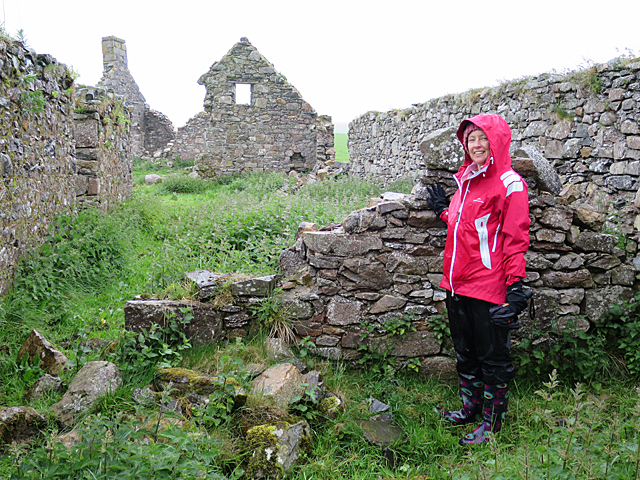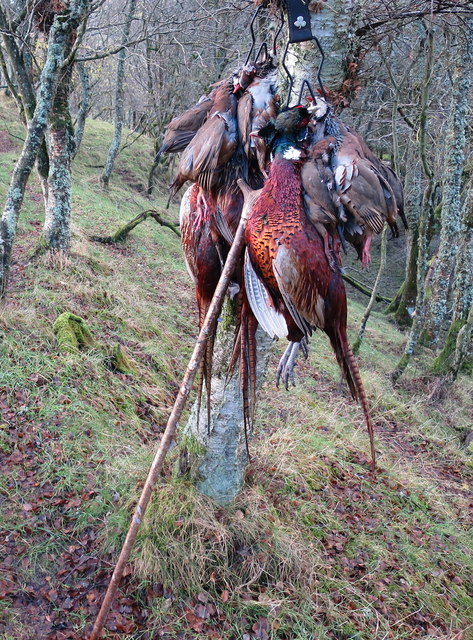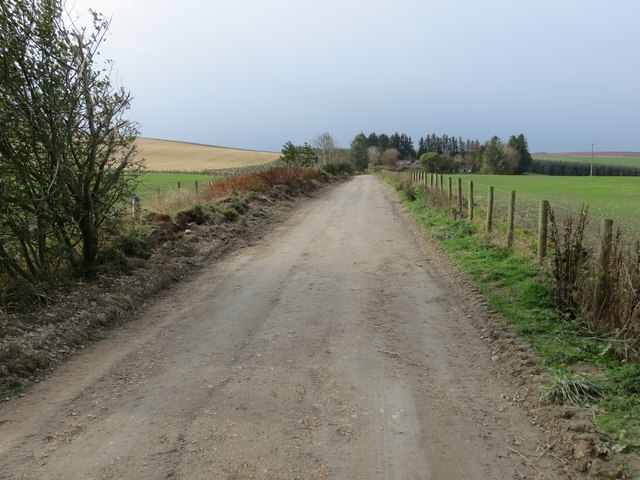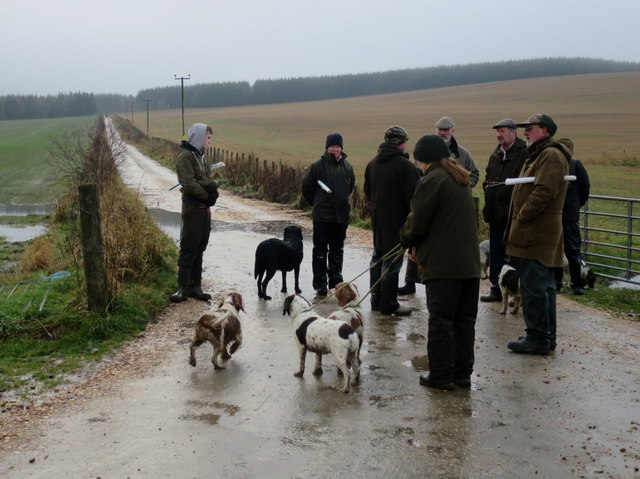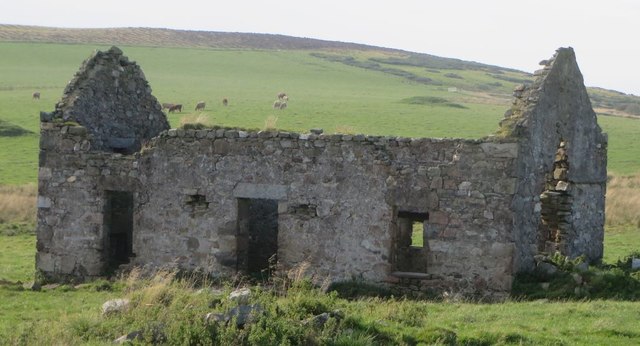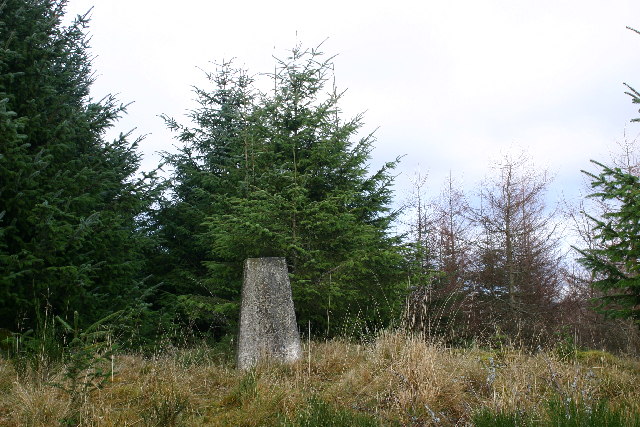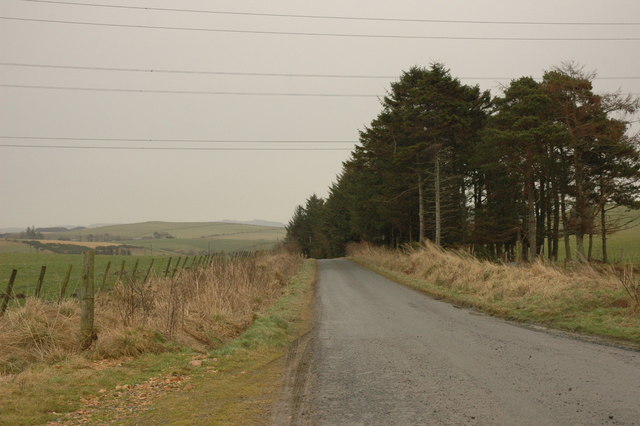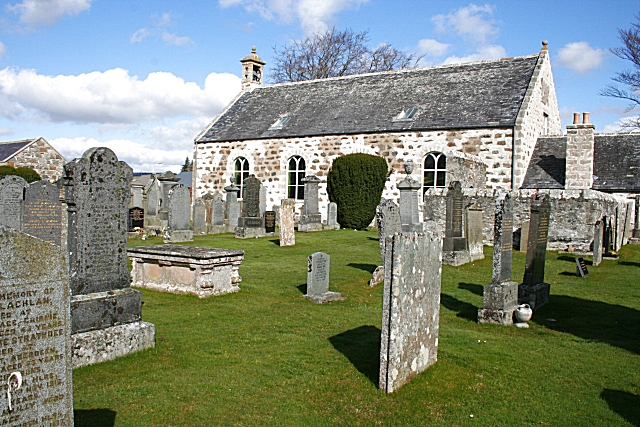Black Hill
Hill, Mountain in Aberdeenshire
Scotland
Black Hill
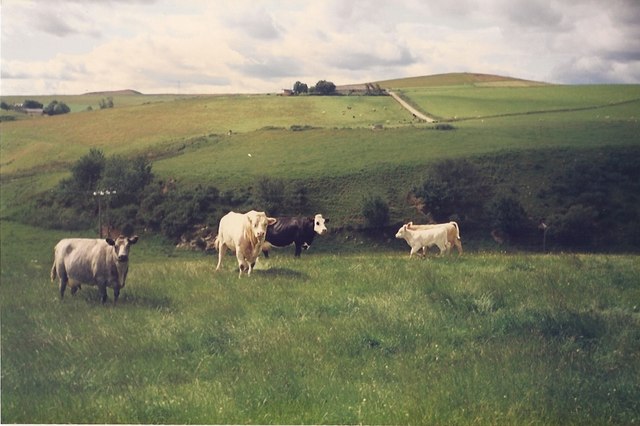
Black Hill is a prominent hill located in Aberdeenshire, Scotland. Standing at an elevation of 359 meters (1,178 feet), it is part of the picturesque landscape of the region. The hill is situated just a few miles south of the town of Stonehaven and is easily accessible for both locals and tourists.
Black Hill offers stunning panoramic views of the surrounding countryside, making it a popular destination for hikers and nature enthusiasts. The landscape is diverse and includes heather-covered moorland, rocky outcrops, and patches of woodland. The hill's summit provides a vantage point from which visitors can admire the beauty of the North Sea coastline and the rolling hills of Aberdeenshire.
The hill is home to a variety of flora and fauna, with different plant species thriving in its various habitats. Heather, gorse, and bracken are abundant on the moorland, creating a vibrant display of colors during the summer months. Wildlife such as deer, rabbits, and various bird species can also be spotted in the area.
A well-maintained trail leads to the summit of Black Hill, allowing visitors to easily navigate the hill's terrain. The hike is of moderate difficulty and offers a rewarding experience for all levels of fitness. On clear days, the summit provides an ideal spot for picnics or simply enjoying the peaceful surroundings.
Black Hill is not only a haven for outdoor enthusiasts but also a place of historical significance. The remains of an iron age hillfort can be found on its slopes, adding an extra layer of intrigue to the hill's allure.
If you have any feedback on the listing, please let us know in the comments section below.
Black Hill Images
Images are sourced within 2km of 57.473697/-2.9004649 or Grid Reference NJ4642. Thanks to Geograph Open Source API. All images are credited.
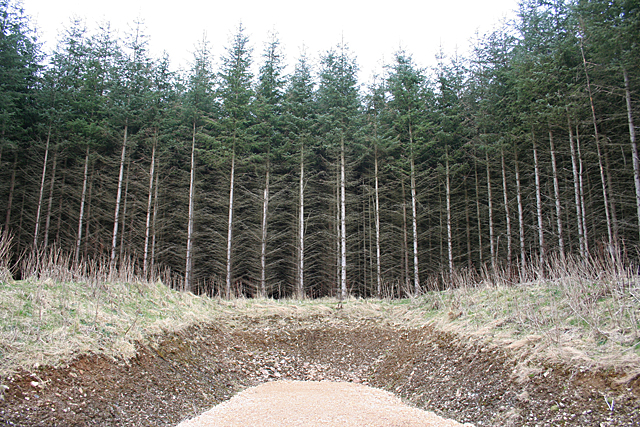
Black Hill is located at Grid Ref: NJ4642 (Lat: 57.473697, Lng: -2.9004649)
Unitary Authority: Aberdeenshire
Police Authority: North East
What 3 Words
///weeds.legwork.curtail. Near Huntly, Aberdeenshire
Nearby Locations
Related Wikis
Ardonald
Ardonald is a rural area near Cairnie in Aberdeenshire, Scotland. == References ==
Cairnie
Cairnie, also written Cairney, (Scottish Gaelic: Càrnaidh/A' Chàrnaich) is a village in Aberdeenshire, Scotland. It is in the district of Huntly. It has...
Pitlurg Castle
Pitlurg Castle was a 16th-century keep, about 3.5 miles (5.6 km) south of Keith, Banffshire, Scotland, north of the Burn of Davidston, at Mains of Pitlurg...
Torry Burn, Huntly
Torry Burn is a burn which marks the boundary of the parish of Huntly, Aberdeenshire, Scotland. == References ==
Blairmore School
Blairmore School was an independent boarding preparatory school in Glass near Huntly, Aberdeenshire until its closure in 1993. The site is now owned and...
Dunbennan
Dunbennan is a settlement near Huntly, Aberdeenshire, Scotland. The name comes from the Gaelic dun-beinnean, or the fort of the little hill, and originally...
Auchanachie Castle
Auchanachie Castle, also known as Achanachie Castle or Auchanachy Castle, is a tower house dating from the sixteenth century, 5 miles north-west of Huntly...
Clean Pool
Clean Pool was an important boundary marker between the parishes of Huntly and Cairnie, Aberdeenshire, Scotland. It has now been dried up to plant conifer...
Nearby Amenities
Located within 500m of 57.473697,-2.9004649Have you been to Black Hill?
Leave your review of Black Hill below (or comments, questions and feedback).
